16 Wild Animals in Ethiopia [Wildlife in Ethiopia]
Want to know more about the wildlife in Ethiopia?
Discover 16 wild animals in Ethiopia in this post, as well as interesting facts about them. 🇪🇹
Learn All About Ethiopian Animals
Ready to learn all about Ethiopian animals?
I’ve always been fascinated by animals and by how they can be so different from one country to another. In this guide, we’ll focus on the many endemic animals Ethiopia has on the land, in the sky, and underwater.
I’ve split the guide into 4 categories:
- Native animals of Ethiopia
- Endangered animals of Ethiopia
- What is the Ethiopian national animal?
- How many animals native to Ethiopia?
Let’s dive in right away with our first category!
Native Animals from Ethiopia
Ethiopia is a landlocked African country located in the eastern part of the continent, in the Horn of Africa. It is the second-most populous country in Africa after Nigeria, and the 12th-most populous country in the world, with about 118 million inhabitants. It is bordered by Somalia, Kenya, South Sudan, Sudan, and Djibouti, and its capital and largest city is Addis Ababa, which counts more than 3,384,000 inhabitants (but more than 4,567,000 if you include the metropolitan area).
An interesting part of the country that I wanted to tackle is its wildlife. In light of that, I have listed the best of it, and I hope you will love learning what animals live in Ethiopia.
Here’s the Ethiopia animals list.
1. African wild dog
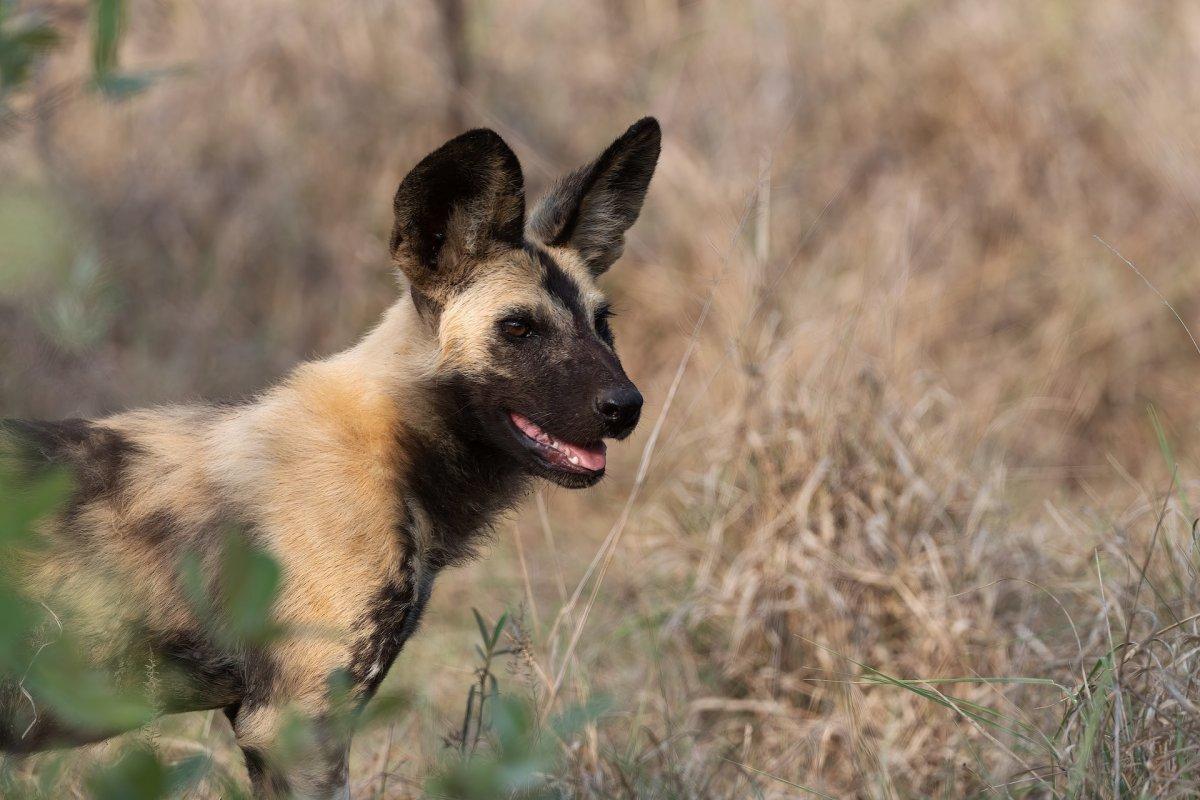
- Name: African wild dog
- Scientific name: Lycaon pictus
- Conservation status:
The African wild dog, also known as the African painted dog or the African hunting dog, is a species of wild canine native to most of sub-Saharan Africa. It is a social animal that gathers in packs with separate hierarchies for males and females.
This canine is specialized in hunting antelopes by day by chasing them to exhaustion. Its only natural enemies are the lion and the hyena that respectively kill it or steal its food.
2. African bush elephant
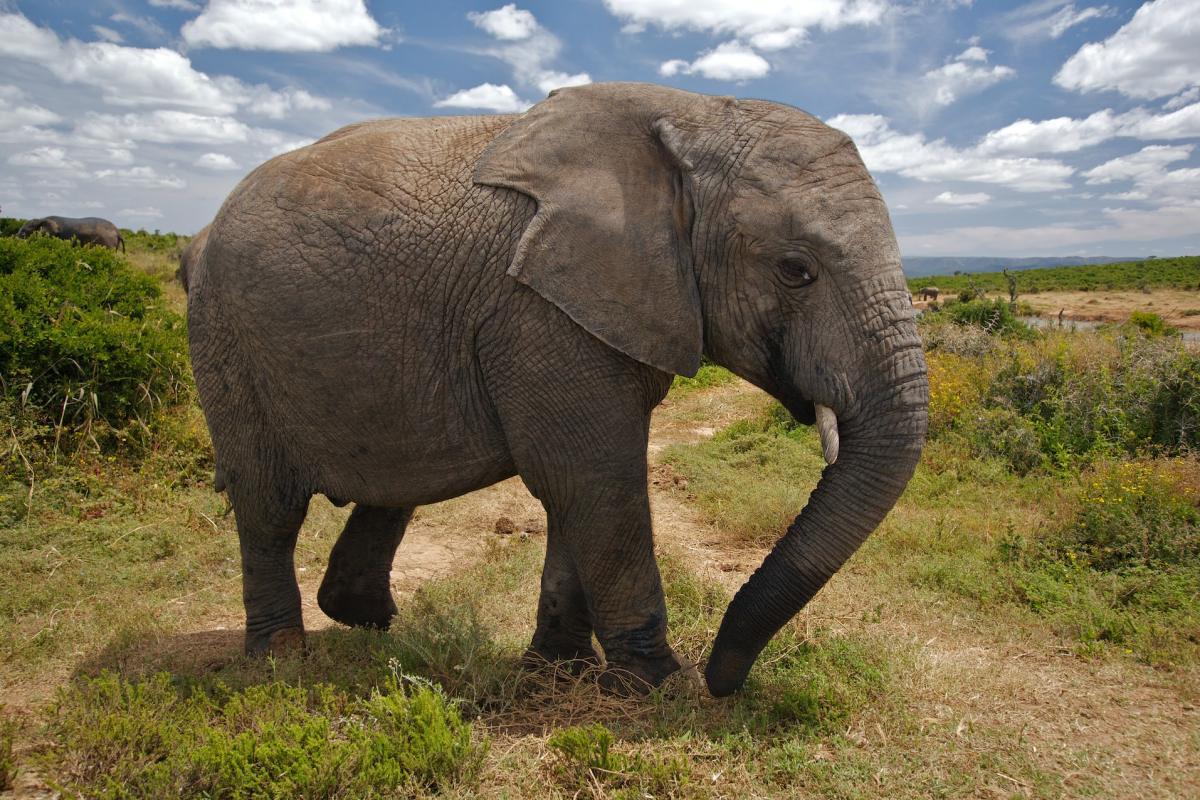
- Name: African bush elephant
- Scientific name: Loxodonta africana
- Conservation status:
The African bush elephant is one of the most famous animals on the entire continent. It is, alongside the African forest elephant, one of two subspecies of elephant in Africa, and it is also called the African savanna elephant.
It can be found throughout 37 African countries, and it lives in woodlands, grasslands, and agricultural land. Sadly, it is seriously threatened by poaching and habitat loss: its meat and ivory are extremely precious, and they are the reason for its demise.
3. Cheetah

- Name: Cheetah
- Scientific name: Acinonyx jubatus
- Conservation status:
The cheetah is also one of the most iconic African animals. It is a species of large cat native to Africa and central Iran.
Very famous for being the fastest land animal on the planet, it lives in 3 main social groups: all-male alliances, solitary males, and females with their offspring. The cheetah can be found in a variety of habitats, from savannas to arid mountains, and it preys on large mammals such as impalas, gazelles, and springboks.
4. Black rhinoceros
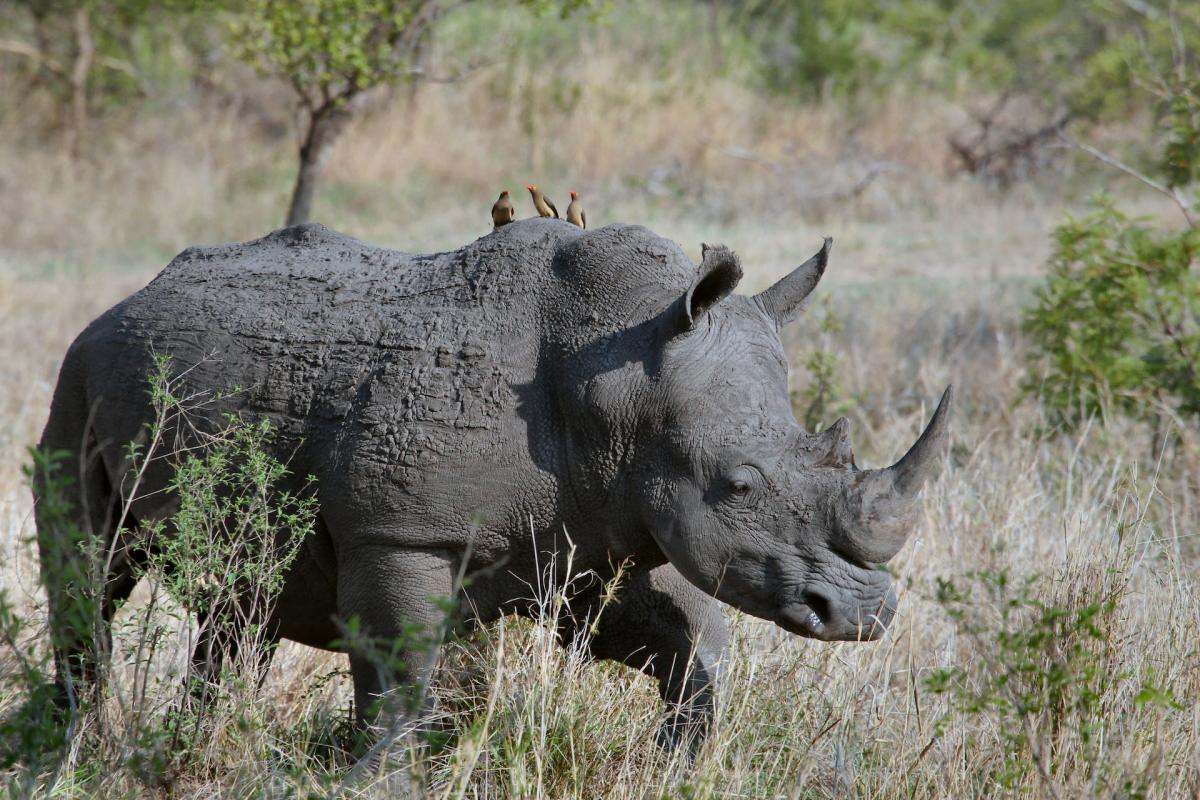
- Name: Black rhinoceros
- Scientific name: Diceros bicornis
- Conservation status:
The black rhino, also known as the hook-lipped rhinoceros, is one of the most endangered animals in Africa. 3 of its subspecies were already declared extinct, and there are only 5,500 wild individuals now. However, this number is either steady or slowly increasing, thanks to numerous conservation plans.
The biggest threat to the black rhino is definitely poaching for its horn. The killing of this animal has happened since at least 1,200 BC, as some Chinese documents state.
5. Walia ibex
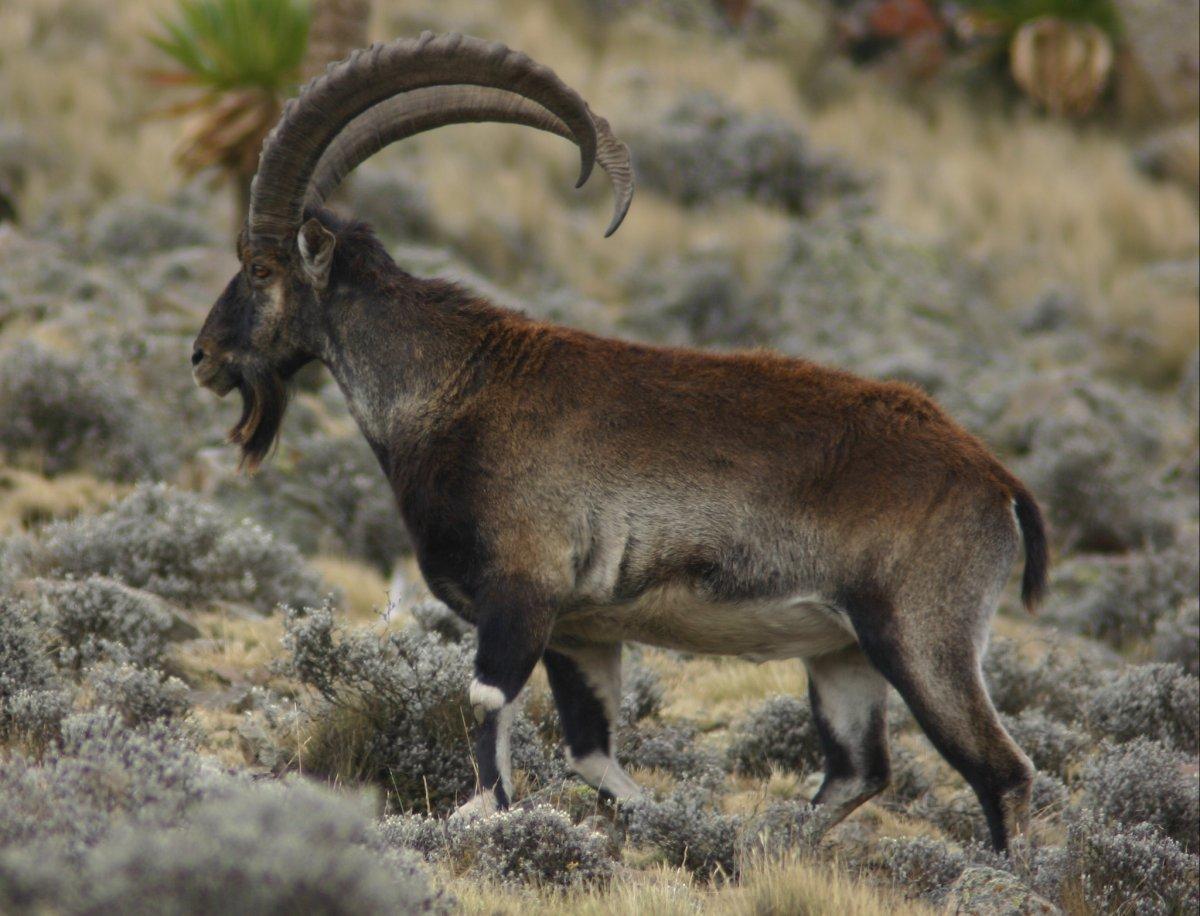
- Name: Walia ibex
- Scientific name: Capra walie
- Conservation status:
The walia ibex is a species of ibex, a goat, native to the mountains of Ethiopia. It is considered a subspecies of the more famous Alpine ibex.
This species is considered vulnerable due to poaching and habitat depletion, and there are only about 500 individuals remaining in a very restricted area. Another big threat is the presence of domestic goats, and the competition for resources it implies.
6. Dibatag
- Name: Dibatag
- Scientific name: Ammodorcas clarkei
- Conservation status:
The dibatag, also known as Clarke’s gazelle, is a species of antelope native to Ethiopia and Somalia. It has a slender body, and though it is not a true gazelle, it has similar legs and neck.
This animal is shy and alert, and its brown coat is perfect for camouflage in the savanna. Thanks to this, it is one of the antelopes most difficult to hunt, however, it is not enough as droughts and habitat degradation pose serious threats to the future of this species.
7. Southern lion
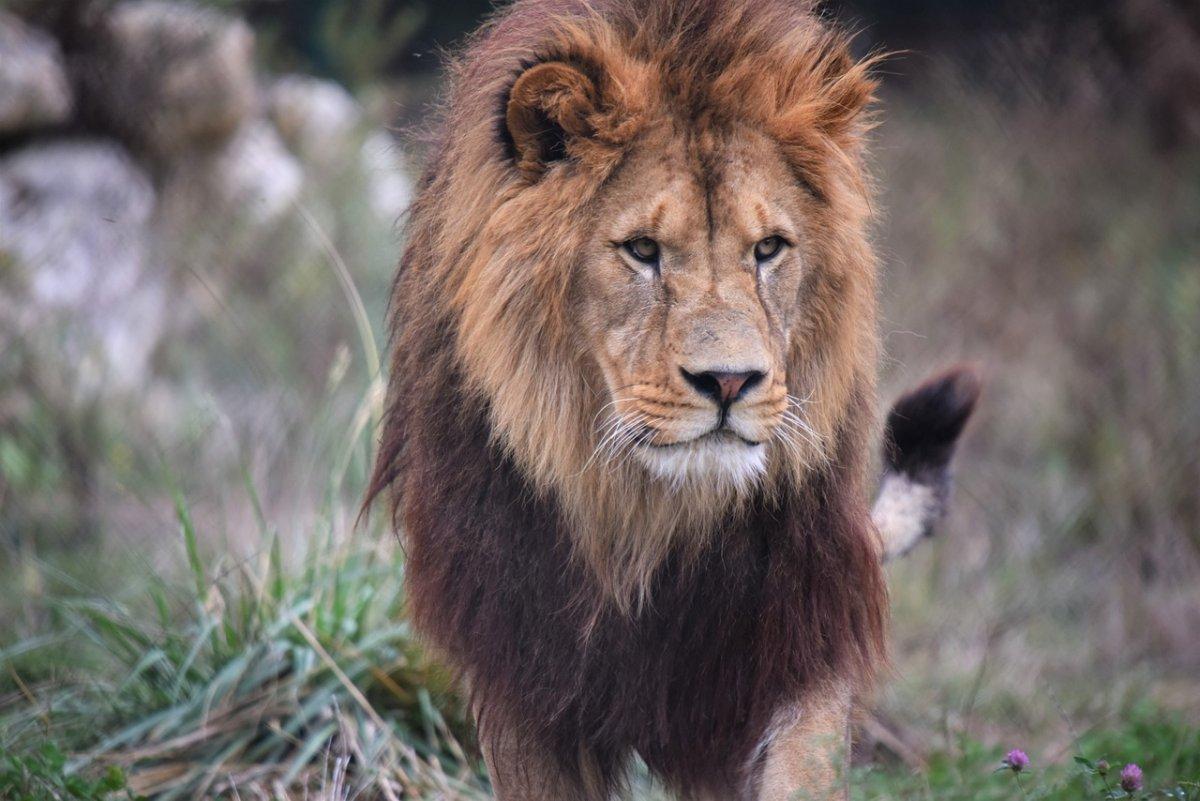
- Name: Southern lion
- Scientific name: Panthera leo melanochaita
- Conservation status:
The southern lion is one of two lion subspecies in Africa, alongside the northern lion. Despite its name, it can be found throughout most of sub-Saharan Africa, and its biggest threats are habitat loss and depletion of prey.
Since the beginning of the 21st century, conservation efforts have been pretty efficient: populations in Zimbabwe, South Africa, Namibia, and Botswana have all been increasing, though they decreased in East African countries.
8. Spotted-necked otter
- Name: Spotted-necked otter
- Scientific name: Hydrictis maculicollis
- Conservation status:
The spotted-necked otter, also known as the speckle-throated otter, is a species of otter native to sub-Saharan Africa. It lives in lakes and large rivers, and it is quite common in Zambia. However, it is slowly disappearing from East African countries and tends to leave their lakes and rivers.
The biggest threats to this species of otter are pollution, hunting for bushmeat, and habitat loss.
9. Ethiopian wolf
- Name: Ethiopian wolf
- Scientific name: Canis simensis
- Conservation status:
The Ethiopian wolf, also known as the Simien jackal or the Simien fox, is a species of canine native to the Ethiopian highlands. Very similar to the coyote, it has a long and narrow skull as well as reddish and white fur.
This wolf has a very limited range, being found only in 7 mountain ranges at altitudes between 3,000 and 4,500 m. On top of this, its small numbers make it an endangered animal.
10. Blue monkey
- Name: Blue monkey
- Scientific name: Cercopithecus mitis
- Conservation status:
The blue monkey, also known as the diademed monkey, is a species of Old World monkey native to Central and East Africa. It currently has 7 subspecies, and it lives in montane bamboo forests as well as evergreen forests.
This primate feeds on insects, leaves, twigs, fruits, figs, and flowers. It is mostly frugivore though, as about half its diet is made of fruit, and it rarely eats vertebrates.
11. Naked mole-rat
- Name: Naked mole-rat
- Scientific name: Heterocephalus glaber
- Conservation status:
Probably an animal you would never expect to see, the naked mole-rat, also known as the sand puppy, is a species of burrowing rodent native to several parts of East Africa. It is perfectly adapted to underground environments, and it has an almost perfect form of body temperature regulation, as it is ectothermic.
This species has very low respiratory and metabolic rates, and it lacks pain sensitivity in its skin.
12. Ground pangolin
- Name: Ground pangolin
- Scientific name: Smutsia temminckii
- Conservation status:
The ground pangolin, also known as the Cape pangolin, the steppe pangolin, or Temminck’s pangolin, is one of 4 species of pangolin that can be found in Africa, and the only one native to eastern and southern parts of the continent.
Though this species is “only” considered vulnerable, pangolins as a group are some of the most critically endangered animals on the planet: they suffer from illegal trafficking and habitat loss, most of the time.
13. Leopard
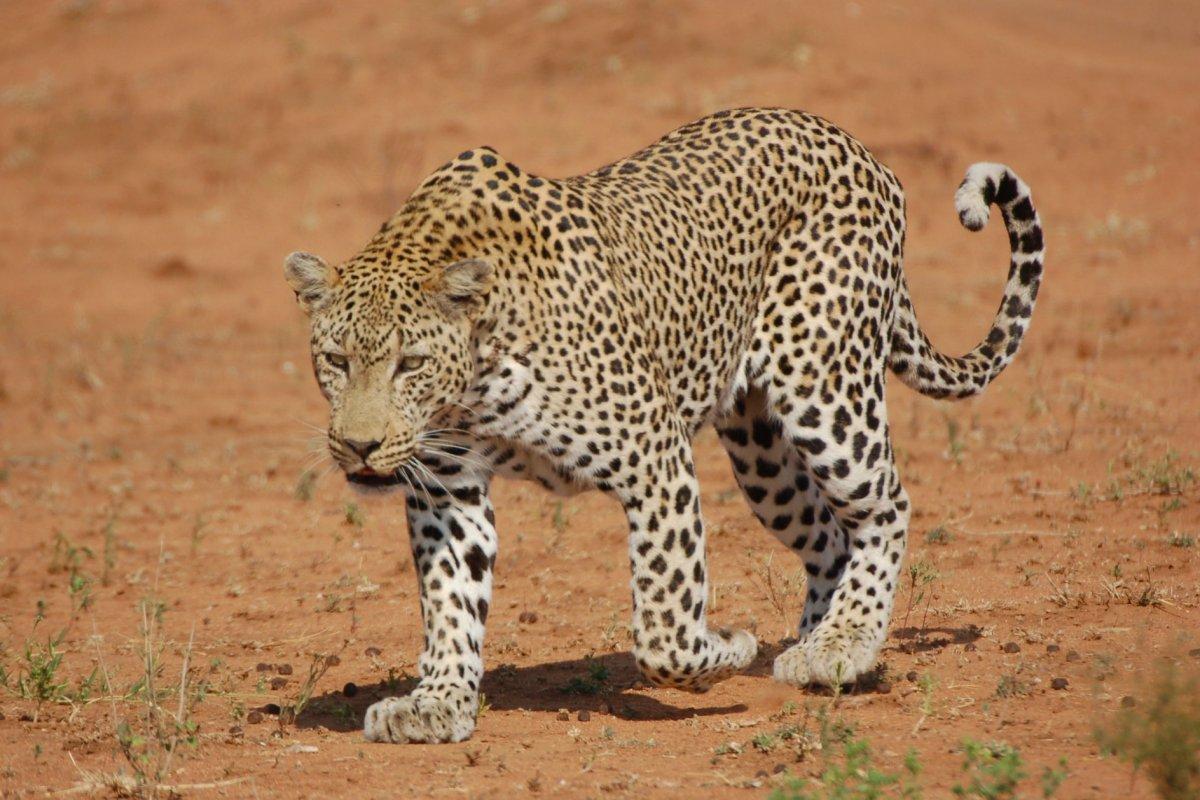
- Name: Leopard
- Scientific name: Panthera pardus
- Conservation status:
Though it is less known than the lion and the cheetah, the leopard is also present in Ethiopia and in Africa. It can actually be found in a pretty wide range in sub-Saharan Africa, as well as in Russia, the Indian subcontinent, and southern and southeastern Asia.
This wild cat has relatively short legs with a large skull, and its fur is spotted with rosettes. Similarly to the jaguar, the leopard can be melanistic, and it is then known as the black panther!
14. Bat-eared fox
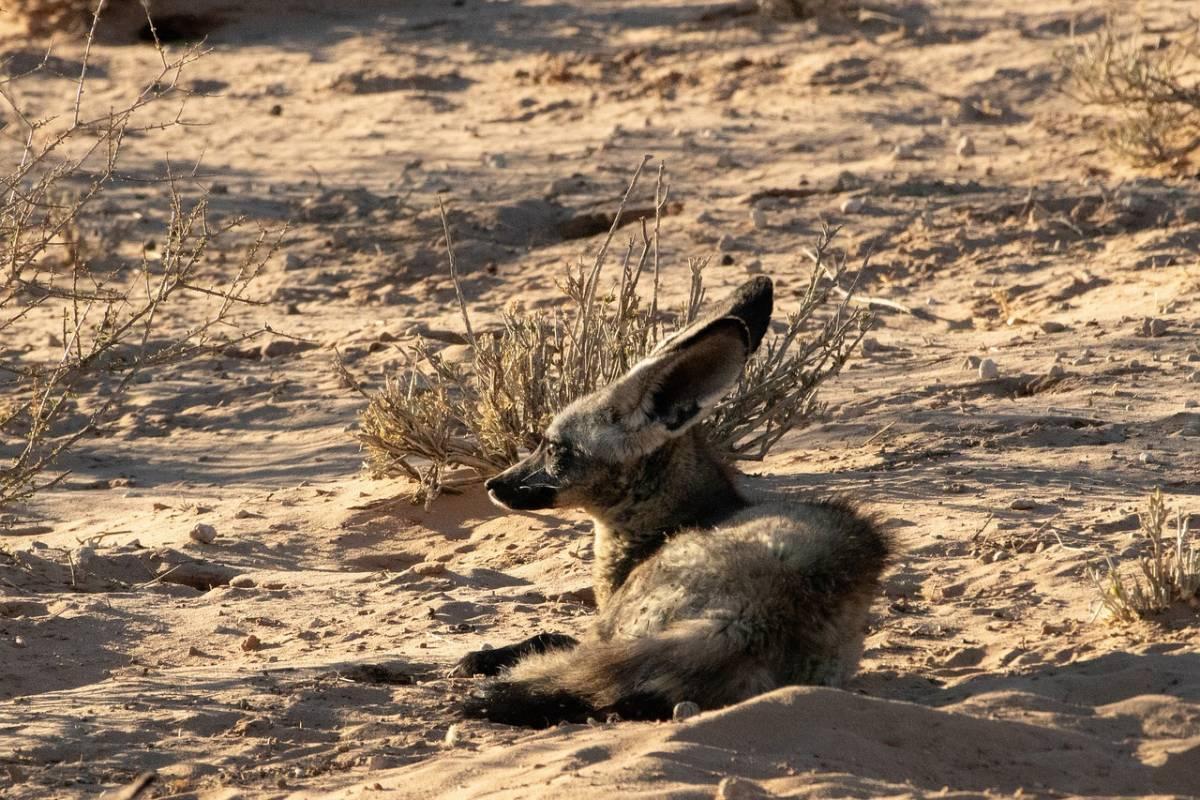
- Name: Bat-eared fox
- Scientific name: Otocyon megalotis
- Conservation status:
The bat-eared fox, also known as Delalande’s fox, the cape fox, the motlosi, or the black-eared fox, is a species of fox native to the African savanna. It is named appropriately for its unusually large ears that are very useful for thermoregulation.
This small canid is adapted to semi-arid or arid environments. It is commonly seen in short grasslands, as well as woodland edges, open woodlands, and arid savannas.
15. Reticulated giraffe
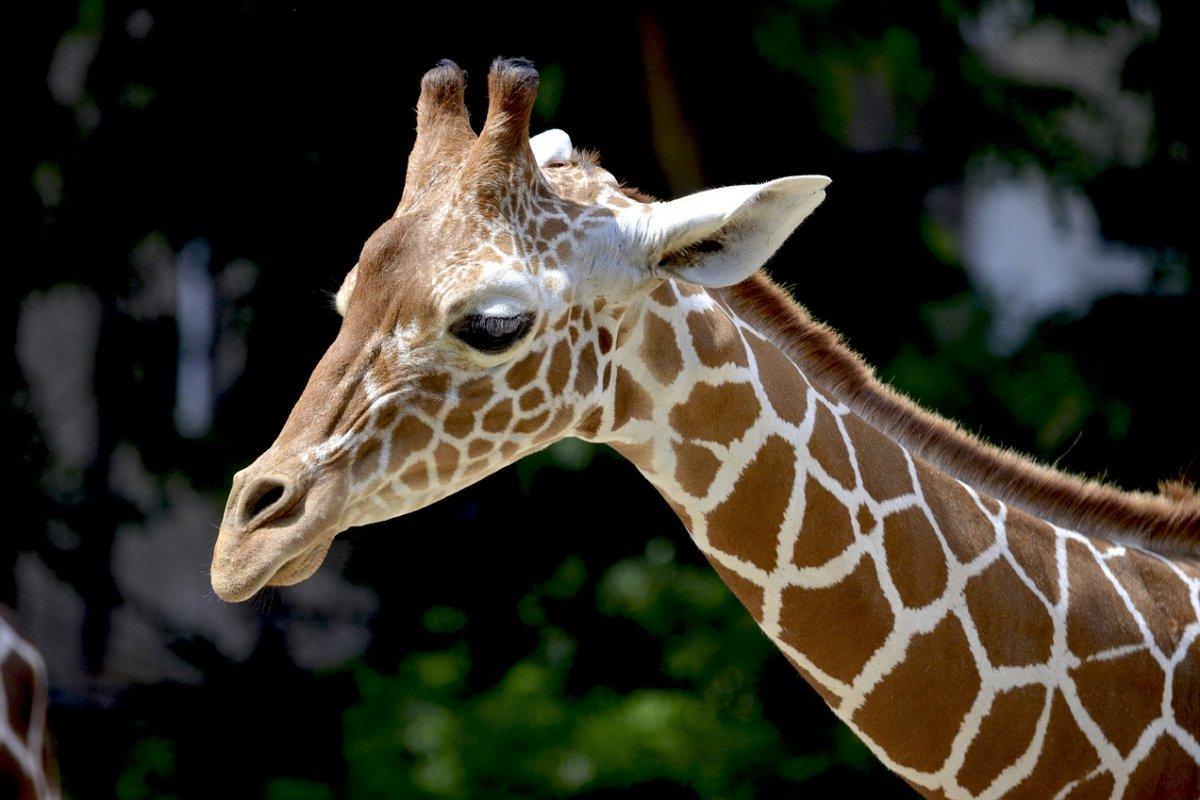
- Name: Reticulated giraffe
- Scientific name: Giraffa camelopardalis reticulata
- Conservation status:
What would a list of the wildlife of an African country be without a giraffe? In Ethiopia, if you are lucky enough, you can spot a reticulated giraffe, also known as the Somali giraffe. It is native to the Horn of Africa, and it lives in Ethiopia, Kenya, and Somalia.
This giraffe is the one you have most likely seen in zoos (or maybe the Rothschild’s giraffe). It has a coat with large spots outlined with bright white lines.
16. Grant’s zebra
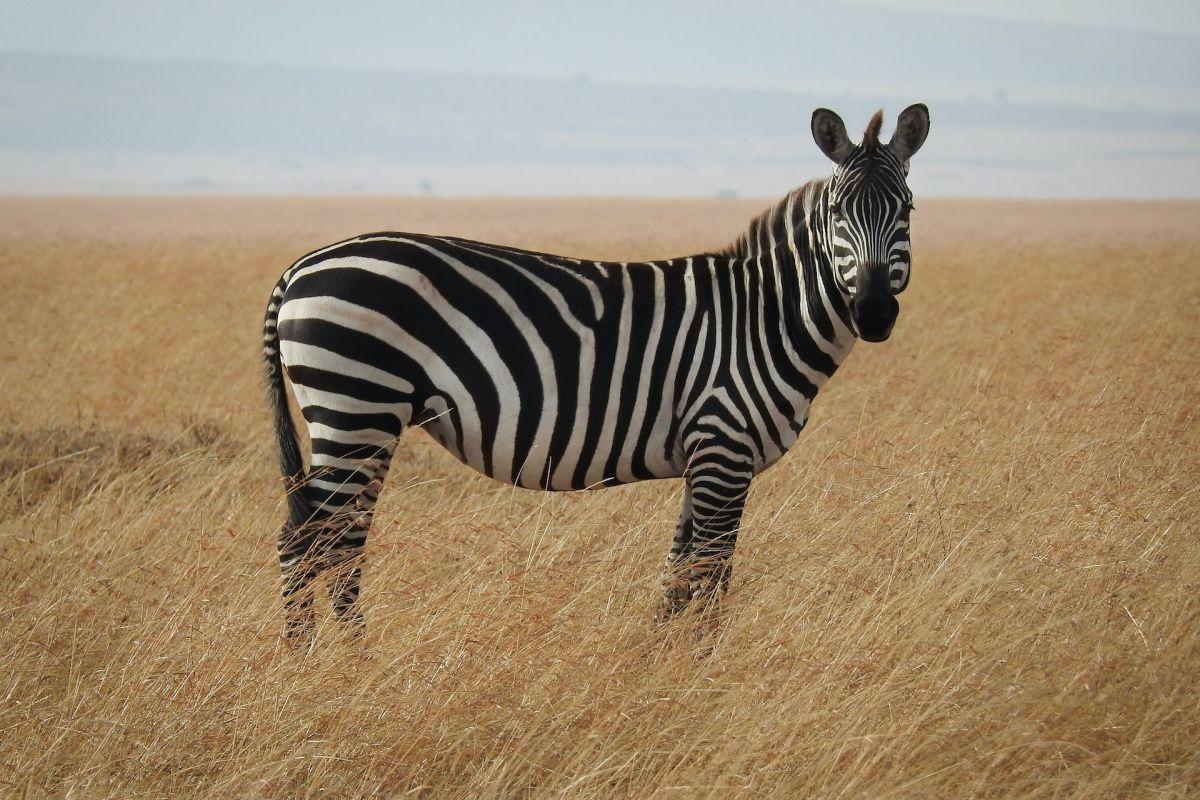
- Name: Grant’s zebra
- Scientific name: Equus quagga boehmi
- Conservation status:
Last but not least, Grant’s zebra is another famous African animal. It is one of the subspecies of the plains zebra, and it can be found in Ethiopia, Zambia, the Democratic Republic of the Congo, and Tanzania, among other countries.
Civil wars have hurt Grant’s zebra a lot. Because of them, its global population has rapidly declined, and it is locally extinct in Burundi. The bloodiest war was the civil war of Angola, which lasted 25 years and devastated its wildlife populations.
—
So there you have them, these were my 16 endemic animals in Ethiopia. I hope you enjoyed this list and that you learned something new today.
In case you want to learn more about Ethiopian wildlife, feel free to keep reading, as I still have lots of things to tell you about:
Endangered Animals of Ethiopia
This is definitely the saddest part of the list, but it is very important to raise awareness. Because of this, let’s go through the list of endangered animals in Ethiopia.
Here are the animals in danger of extinction in Ethiopia.
- None
- White-winged flufftail
- Osgood’s Ethiopian toad
- African wild ass
- Black rhino
- Hooded vulture
- and 11 more…
- African spurred tortoise
- Speke’s gazelle
- Lappet-faced vulture
- Ethiopian bushcrow
- African savanna elephant
- and 36 more…
To see the full list of endangered species in Ethiopia, head over to the International Union for Conservation of Nature’s Red List.
What is the National Animal of Ethiopia?
The national animal of Ethiopia is the lion.
Just like many other African countries, Ethiopia chose the king of the animals to best represent the country. It is one of the most important symbols in local folklore and stories, and it is synonymous with might, pride, and royalty.
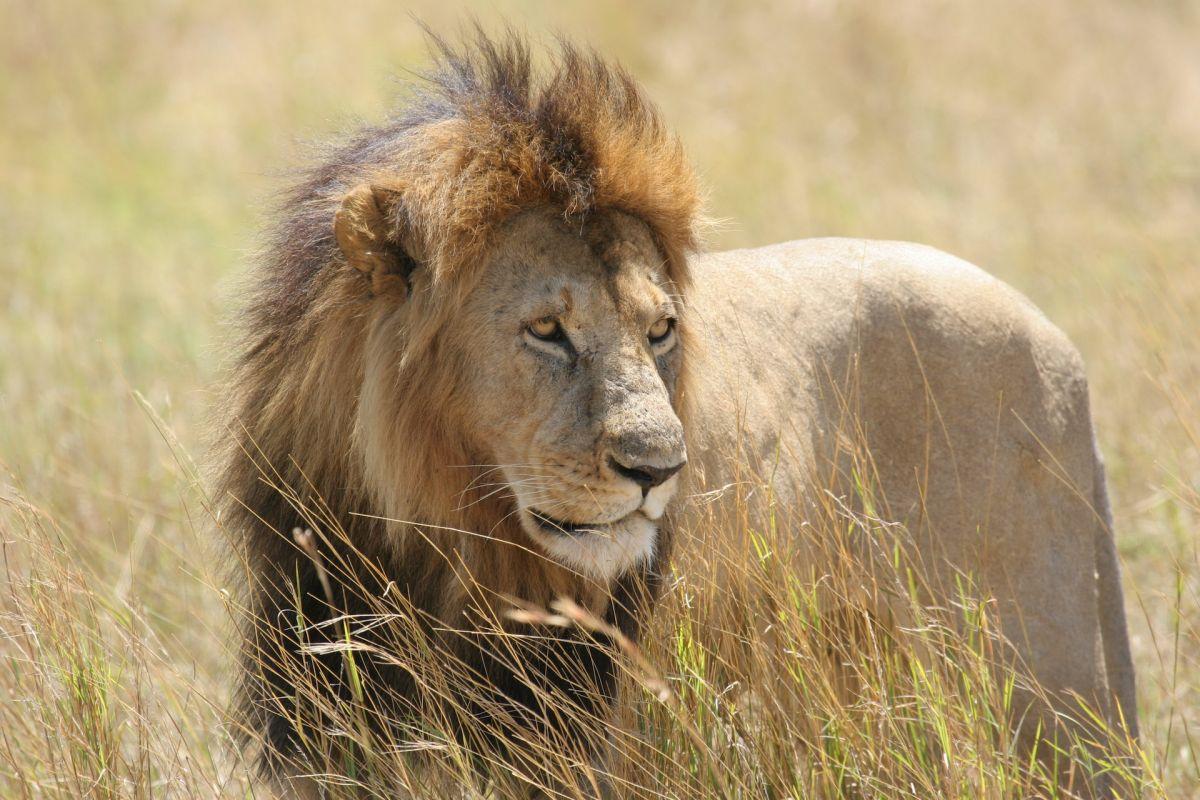
How Many Animals Native to Ethiopia?
What is the diversity of native animals in Ethiopia?
Let’s look at the total number of species of Chordata (mammals, birds, fishes, and reptiles).
Total number of animal species in Ethiopia: 1,599 (14,205 in total in sub-Saharan Africa)
More About Animals in the World!
Loved these facts about the Ethiopian endemic animals? Want to see what animals live in other countries?
Then check out these posts:
Or click here to see ALL the facts up on the blog! Spoiler alert: there’s A LOT of them.
Share the knowledge! Click on the buttons below to share information about these endemic animals of Ethiopia with your friends, and help them learn more about the world 🙂
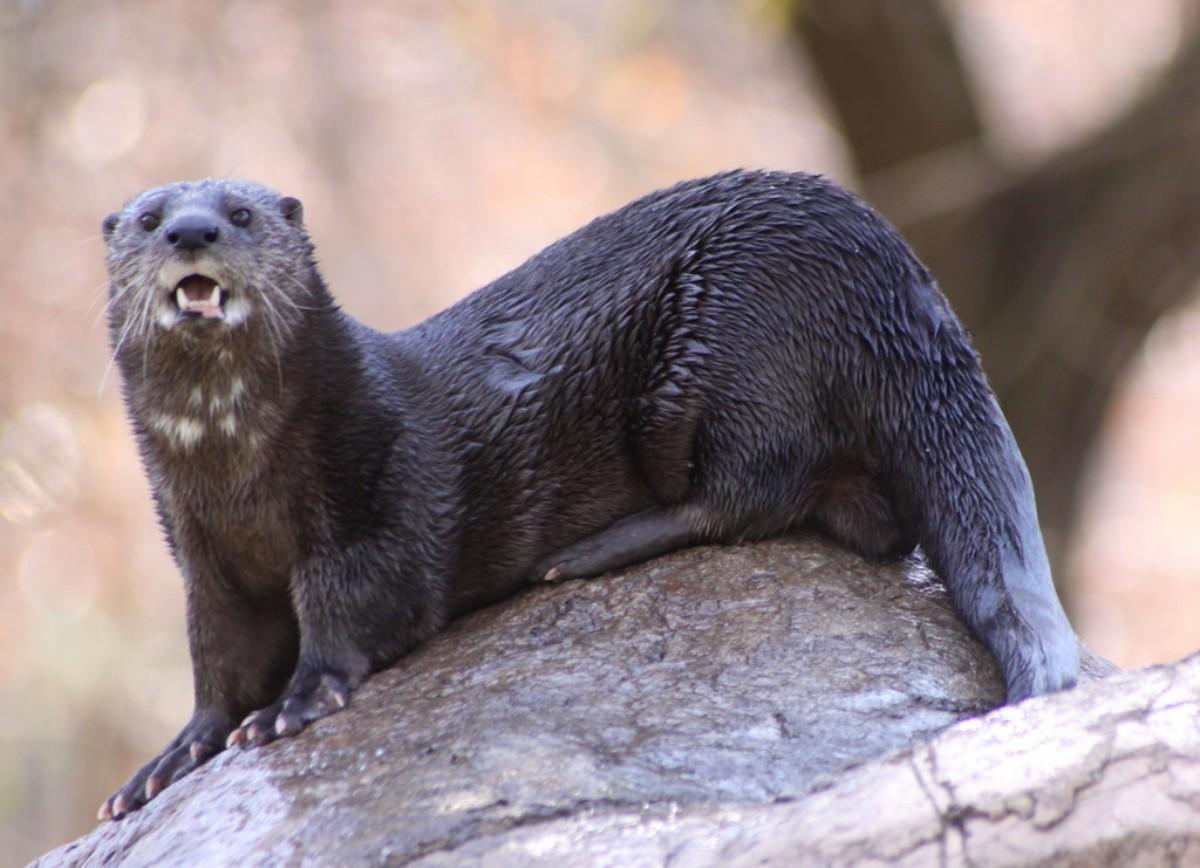
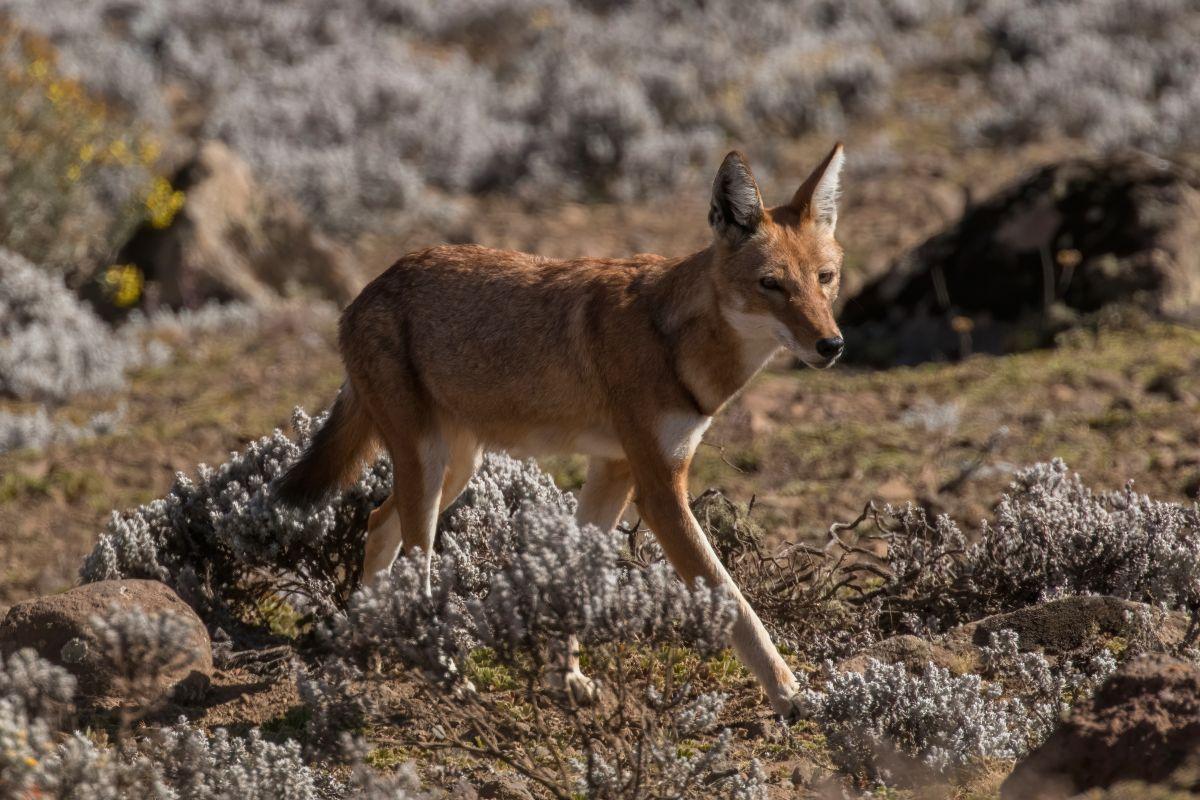
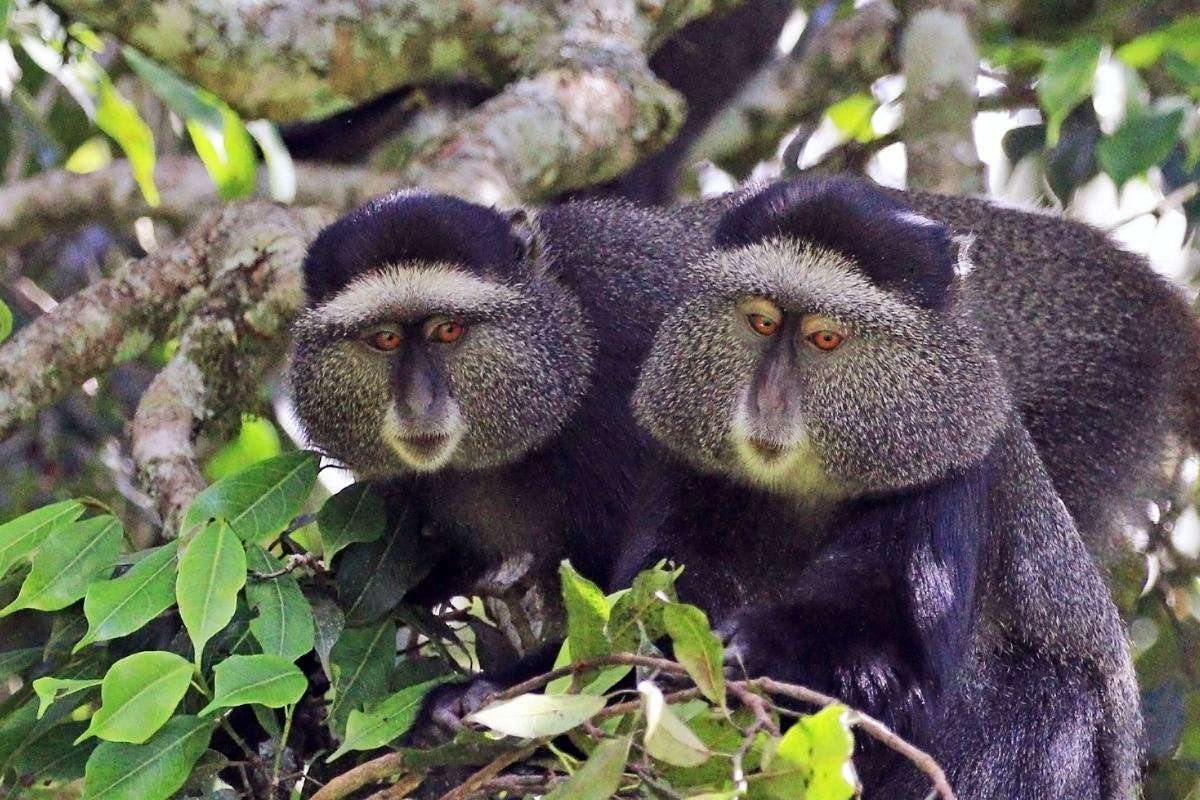
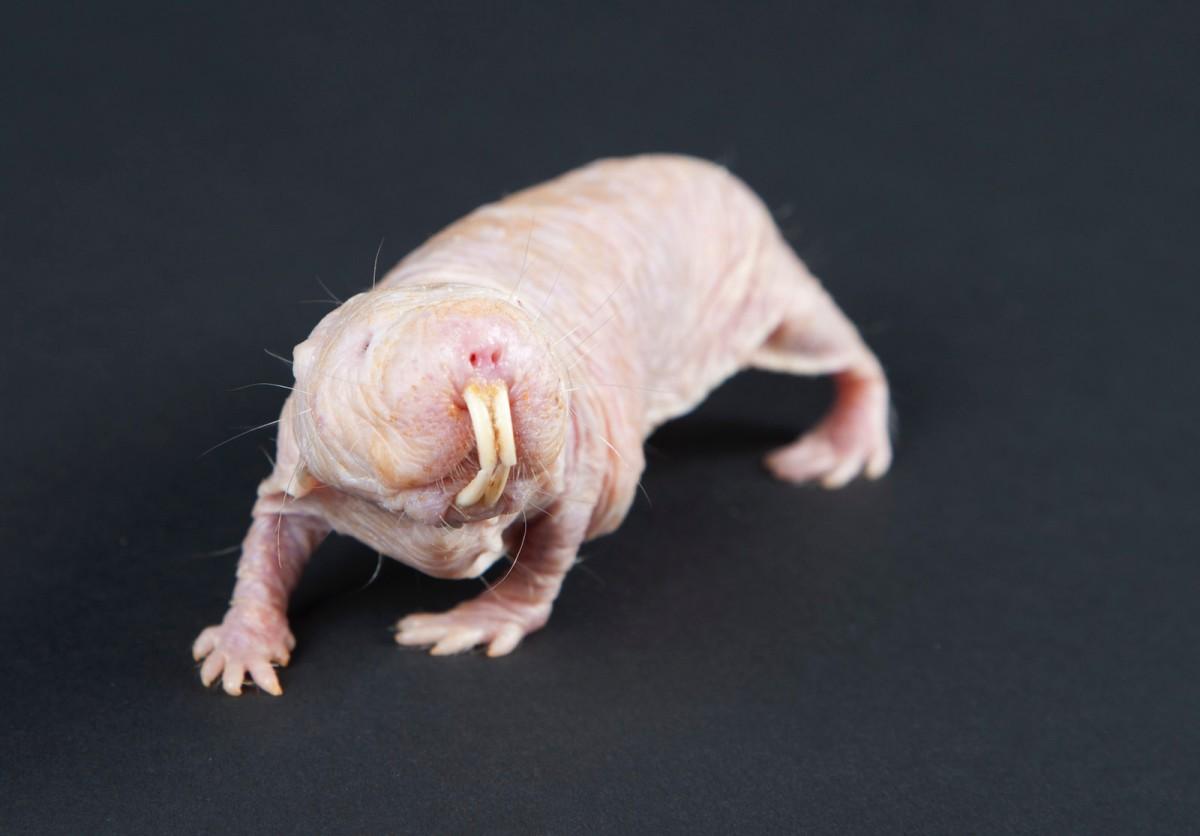
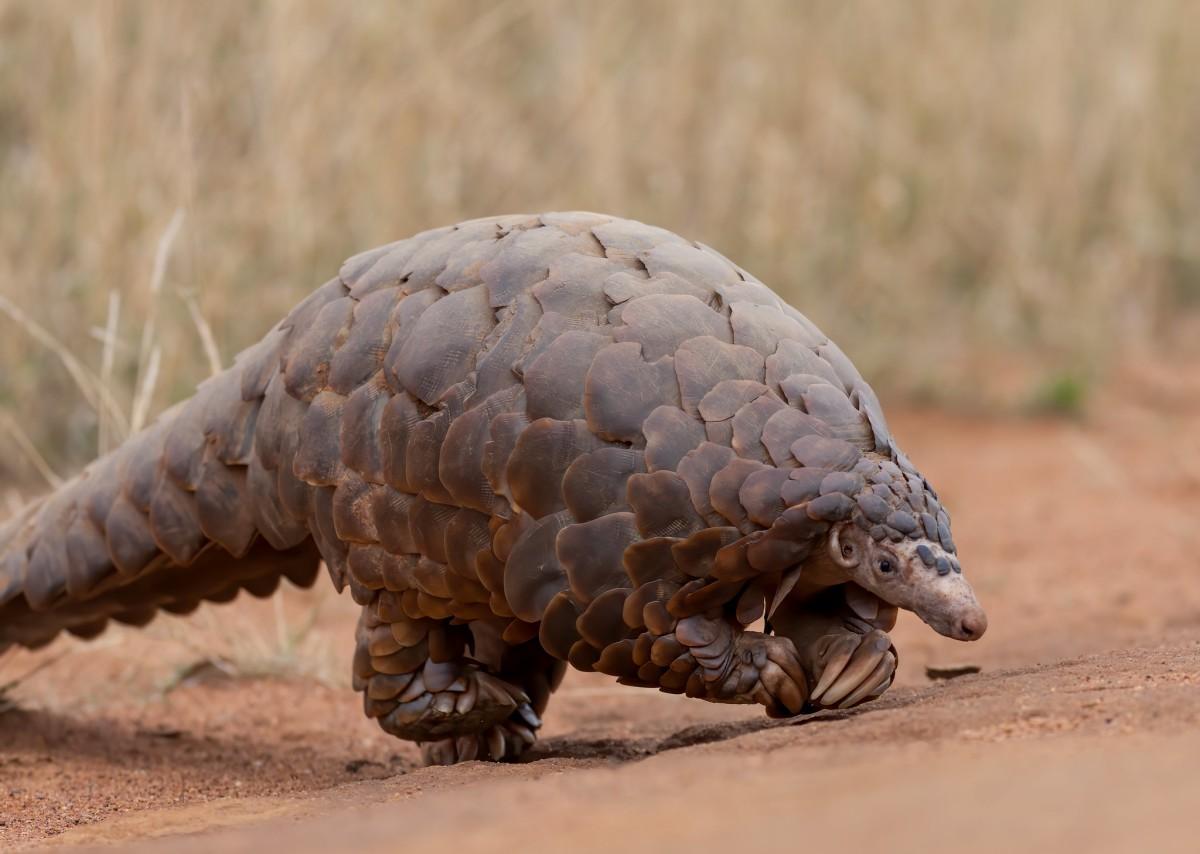

![21 Wild Animals in Burundi [Wildlife in Burundi]](https://www.kevmrc.com/wp-content/uploads/2022/12/21-wild-animals-in-burundi.jpg)
![18 Wild Animals in Jamaica [Wildlife in Jamaica]](https://www.kevmrc.com/wp-content/uploads/2022/08/18-wild-animals-in-jamaica.jpg)
![14 Wild Animals in Ivory Coast [Wildlife in Ivory Coast]](https://www.kevmrc.com/wp-content/uploads/2022/12/14-wild-animals-in-ivory-coast.jpg)